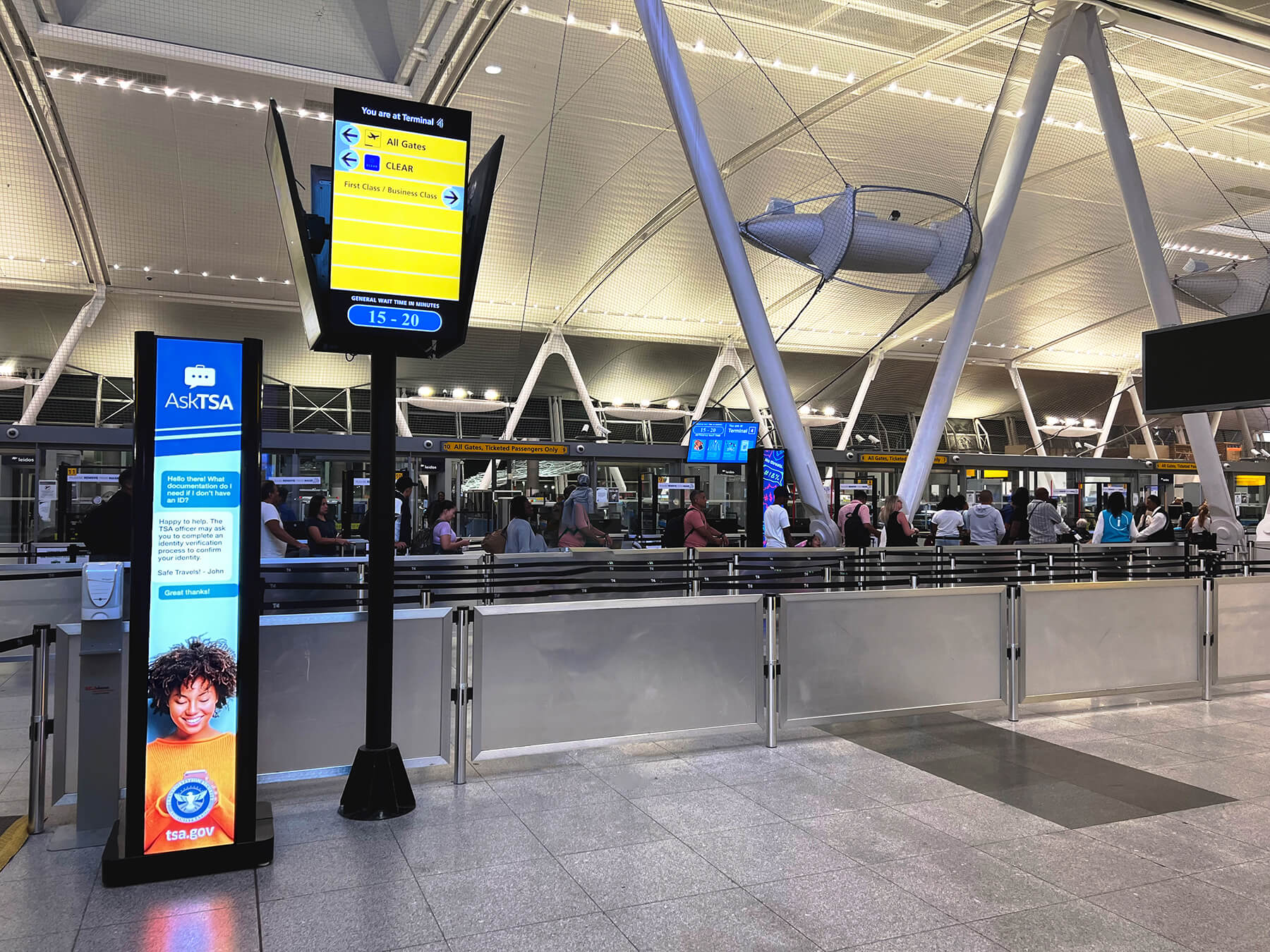Two-way radio, and more recently BBPTT (broadband push to talk/LTE) systems have long been an essential tool for businesses and organisations across various industries.
They provide reliable and instant communication, keeping employees connected and informed. However, through technological advancements that enable data processing, these communication systems can now be further improved by integrating software application bolt-ons, which provide extra functionality and capabilities to enhance safety and productivity, eliminating the need for an additional device.

In this article, we will explore some key considerations to keep in mind when selecting a software application bolt-on.
1. Evaluate Your Communication Needs
The first step in selecting the right software application bolt-ons is to evaluate your organisation’s communication needs. Assess the specific challenges and requirements that your company faces. Consider factors such as team size, geographic dispersion, integration with existing systems, and the need for features like GPS tracking, messaging, or emergency alerting. By understanding your communication needs, you can identify the most relevant software apps that will enhance your system’s capabilities.
Our blog post here explains this further >
2. Compatibility and Integration
It is crucial to ensure that the software applications you choose are compatible with your existing two-way radio or BBPTT system. Look for solutions that seamlessly integrate with your current communication infrastructure. Compatibility ensures that the bolt-ons will work smoothly with your radios, minimising any potential technical difficulties or conflicts.
Additionally, consider if it can integrate with other essential systems or software that your organisation relies on, such as dispatch, alarms or task management platforms. This integration ensures a seamless flow of information and enhances overall workflow efficiency.
3. User-friendly Interface
Select software apps with user-friendly interfaces. The ease of use is crucial to ensure that your employees can quickly adapt to the new functionalities and maximise their utilisation potential from both a safety and efficiency aspect. Complicated or cumbersome interfaces can hinder adoption and decrease productivity.
Look for apps that offer intuitive navigation, clear instructions, and customisable options to tailor the user experience to your organisation’s specific needs. For example, the WAVE PTX SafeGuard push to talk app is designed to provide advanced communication features. Users can use their smart devices to make emergency calls, enable location-based data and voice communications, remove members of talk groups as users enter or leave a pre-defined area. and remotely monitor the status of other users. The app also includes streaming video functionality and photo sharing for enhanced situational awareness.
4. Scalability and Flexibility
Consider the scalability and flexibility of the software app. As your business grows and evolves, you may need to expand your communication capabilities. Therefore, choose an application that can scale alongside your organisation, accommodating increased workforce or changing communication requirements.
Additionally, flexibility in terms of customisation and configuration allows you to adapt the software to align with your business processes and workflows seamlessly.
5. Training and Support
Ensure that the software provider offers comprehensive training and ongoing support to ensure a smooth transition. Training sessions will empower your employees to make the most of the new functionalities and maximise the benefits.
Similarly, accessible and responsive support from the provider can address any issues or concerns that may arise during implementation or use.
In Conclusion
Every business is unique, and understanding its intricacies is essential for building an effective communication platform. By assessing factors such as company size, organisational structure, working conditions, and employee roles, you can define your specific communication requirements. This critical evaluation lays the foundation for creating a tailored communication platform that meets the needs of your business.
Selecting the right software application bolt-ons for your two-way radio / BBPTT system is a critical decision that can greatly enhance your organisation’s communication capabilities. By evaluating your communication needs, considering compatibility and integration, ensuring user-friendly interfaces, prioritising scalability and flexibility, and assessing training and support options, you can make an informed choice.
Remember, the right bolt-ons will not only provide additional functionality but also improve productivity, efficiency, and safety within your organisation. Invest time and effort in selecting the most suitable software application bolt-ons, and you’ll reap the rewards of a powerful and integrated communication system.
Let’s Start a Conversation
Are you considering how you can select the right software apps to compliment your communication system? Unsure of which route to go down? Our sector is advancing rapidly and their capabilities can make a real difference to your employees and your organisation. Let’s start a conversation.
This article was originally published by Radiocoms Systems Ltd.











